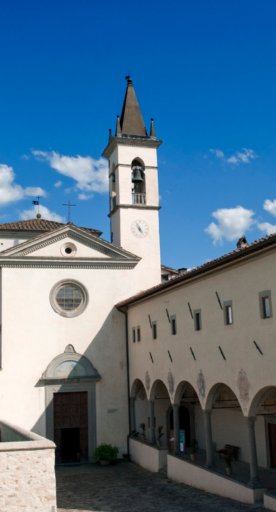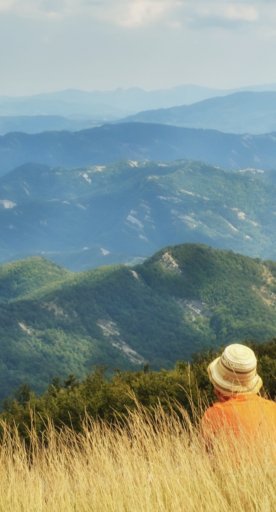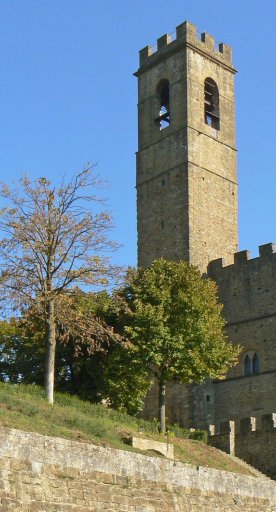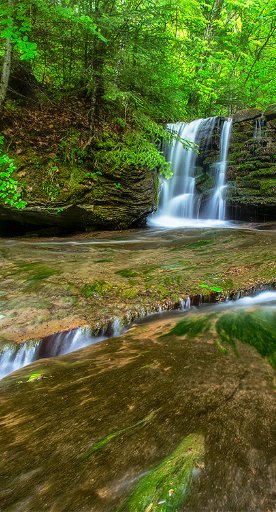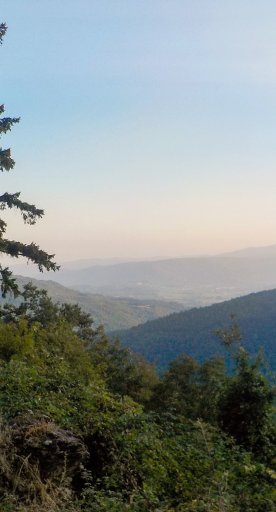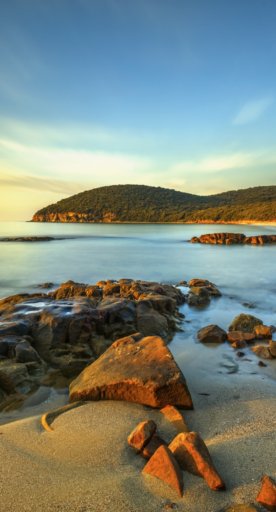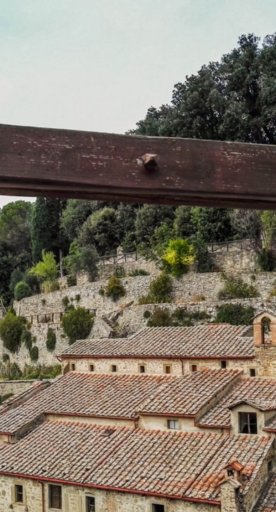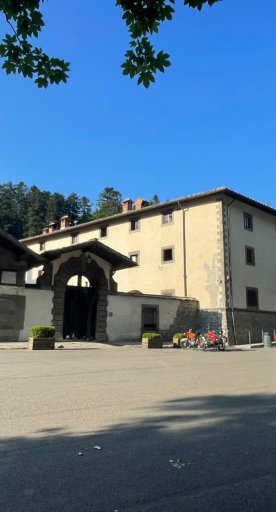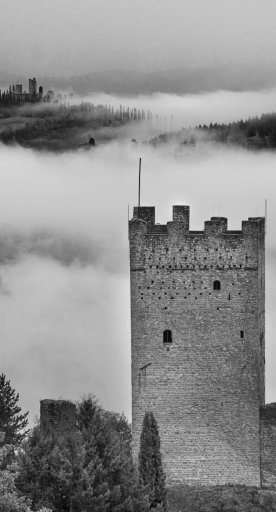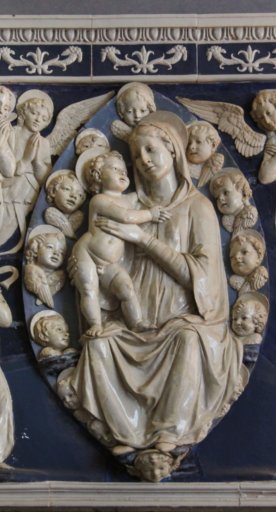The village of Bibbiena is an excellent base for those wishing to visit the splendid Casentino forests. It was built as a medieval stronghold on top of a hill, of which the Tarlati Tower is the first thing that can be seen.
Historical documents confirm that the foundation of Bibbiena dates back to the year 979; shortly thereafter, the first small group of houses developed around a parish church. Until the sixteenth century, the village was contested by Florence and the bishops of Arezzo.
Every corner of Bibbiena’s historic centre evokes its illustrious past. While wandering through the alleyways, surrounded by the work of artists and artisans, you constantly feel as though you’re experiencing life as it was lived once upon a time.



